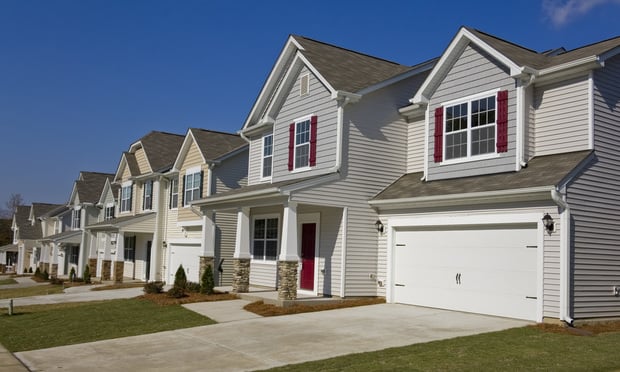SAN DIEGO—Reduced risk, lower costs and better data are a few of the perks property managers are gaining when they use drones to examine property, Osprey Assessments' Gordon Dowrey told IREM Fall Conference attendees here Friday. Dowrey led one of the many iTalk sessions (his was titled “What's Up With Drones?”) during the conference that introduced attendees to a variety of subjects and succinctly boiled them down to 18-minute presentations.
Dowrey said drone technology is catching on, with 300,000 drones registered with the FAA as of January and an expected 90 billion by 2025. He said property managers who use drone technology to inspect roofs and facades reduce the risks associated with going over the side of buildings, which impacts insurance rates and accidents. The costs of scaffolding a building in order to inspect it the traditional way are high, but using drones can reduce these costs by up to 50%. In addition, the videos obtained by using drone technology can serve double duty if they're used for business-marketing purposes.
Recommended For You
Want to continue reading?
Become a Free ALM Digital Reader.
Once you are an ALM Digital Member, you’ll receive:
- Breaking commercial real estate news and analysis, on-site and via our newsletters and custom alerts
- Educational webcasts, white papers, and ebooks from industry thought leaders
- Critical coverage of the property casualty insurance and financial advisory markets on our other ALM sites, PropertyCasualty360 and ThinkAdvisor
Already have an account? Sign In Now
*May exclude premium content© 2025 ALM Global, LLC, All Rights Reserved. Request academic re-use from www.copyright.com. All other uses, submit a request to [email protected]. For more information visit Asset & Logo Licensing.









